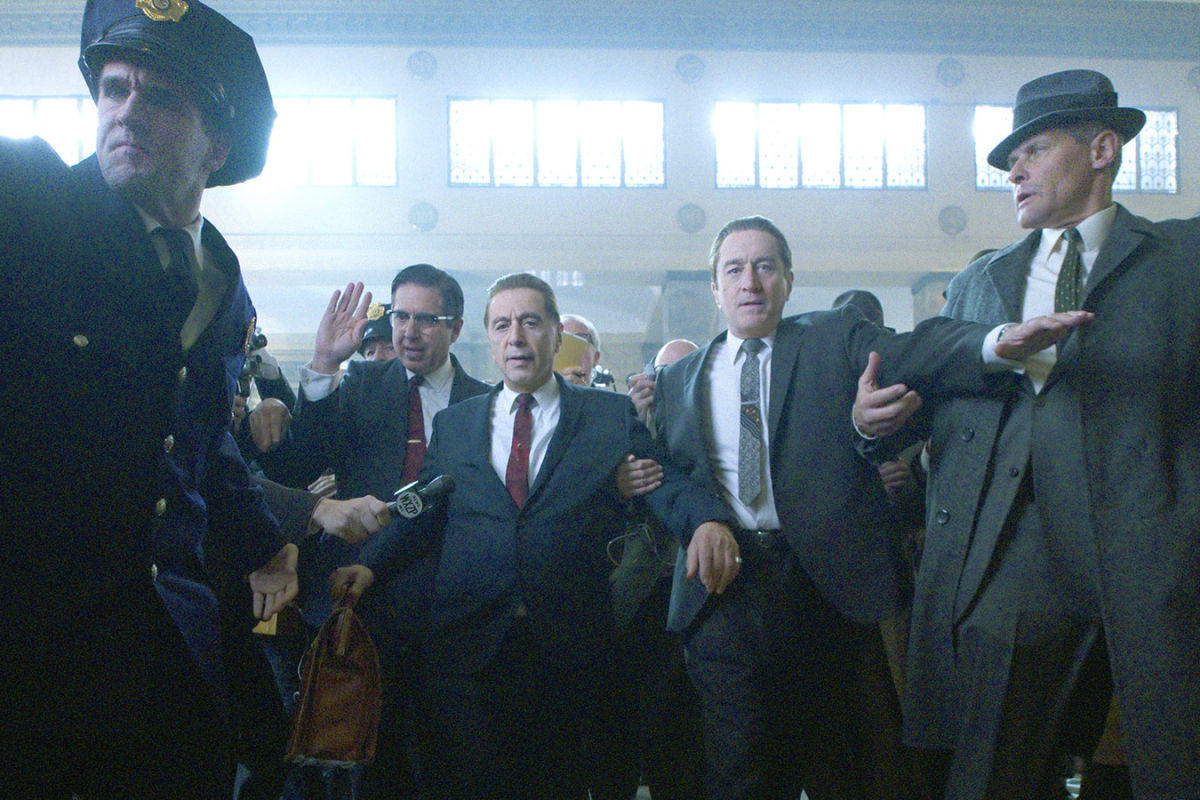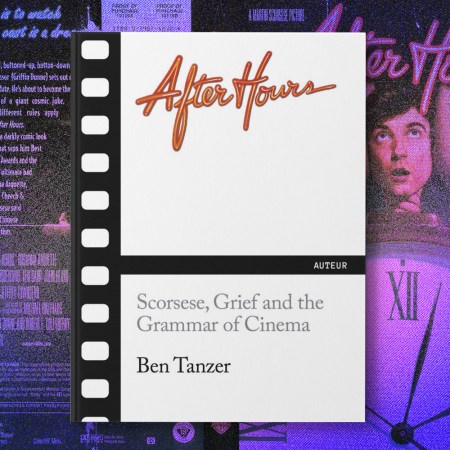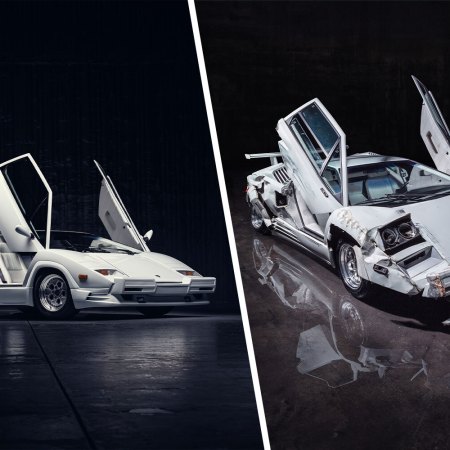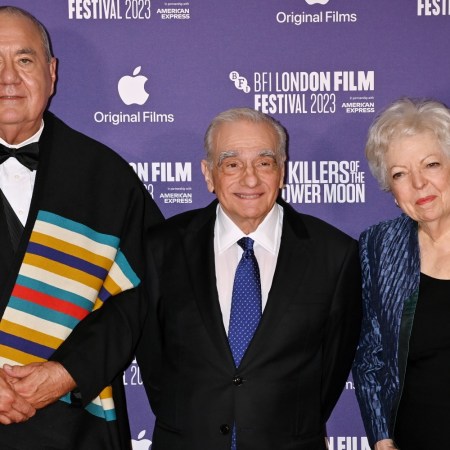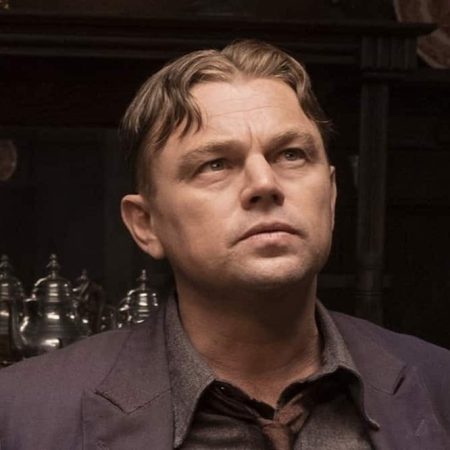In uniting three of the most iconic actors of a generation — Robert De Niro, Joe Pesci and Al Pacino — for the first and presumably last time, Martin Scorsese’s gangster drama The Irishman was never aiming to be a small film.
And true to Scorsesian form, the film is epic in proportion, with a runtime of nearly four hours and a diegetic timeline that spans several decades . That time span represented a potentially huge stumbling block for Scorsese and his creative team, especially his frequent collaborator and the film’s cinematographer, Rodrigo Prieto.
“I was excited, but also a little worried about the issues with computer-generated faces,” Prieto says of his first impressions upon reading the script, which follows truck driver-turned-hitman Frank Sheeran from his days of boosting stolen meat to an eventual gig as Teamsters boss Jimmy Hoffa’s bodyguard. No one wanted to use different performers to play the characters at different ages, which presented a somewhat tricky proposition: How could De Niro realistically portray someone 40 years his younger?
Enter Pablo Helman of special-effects studio Industrial Light & Magic, who used a revolutionary “de-aging” process to reproduce a scene of De Niro from Goodfellas. Helman had previously worked on Scorsese’s Silence — also shot by Prieto — and his work impressed both men enough that they decided to move forward with the project.
Their first concern was making sure the actors would be comfortable. “The process doesn’t use animation, it actually records the faces of actors with every nuance of their performance and replaces them with the younger CGI faces,” Prieto explains. “The advantage is that you don’t have to place motion-capture marks on the actors’ faces or helmets with little cameras. In fact, they don’t even wear makeup. It feels perfectly natural to them. This was a prerequisite for Scorsese — he did not want the actors to be encumbered with any VFX paraphernalia.”
The de-aging process was used extensively in the film’s opening third, when Sheeran (played by De Niro) meets and begins to work for Russell Bufalino (Joe Pesci). As the years pass, Prieto had to mix de-aging scenes with actors in traditional makeup. “We had to choose where in the story to do this effectively, when the actors could be made to look somewhat younger than their age, and later their actual age, and finally, with prosthetic makeup, De Niro and Pesci were made to look older.” (Al Pacino, who plays Jimmy Hoffa, was de-aged in all of his scenes.)
According to Prieto, the camera rigs also took some getting used to. Each rig had three cameras: a host and two witnesses. The witness cameras are encircled with infrared lights that illuminate the face with IR light that is invisible to the main camera — and thus wouldn’t affect Prieto’s lighting. “After each scene we had to shoot a grey sphere and a mirrored one, and take a few other steps so ILM would have a 360-degree view of the set. They input that information into a computer which would virtually ‘light’ the CG face to match exactly what we did on the set.”
“We had to experiment with the rigs,” Prieto continues. “We kept trying to make them as lightweight as possible so they would be easier to move. But no matter how small we made them, there were occasionally tight spots, especially in practical locations.” Dialogue scenes between the leads were even more labor intensive. “That meant two rigs,” Prieto says. “And sometimes we had a third rig for a third angle, so in those situations we had nine cameras at once on set!”
A native of Mexico City, Prieto shot several films there before Alejandro González Iñárritu’s Amores Perros brought him international attention. Spike Lee, Ang Lee and Pedro Almodóvar all came knocking, and eventually, Scorsese, who recruited Prieto to shoot The Wolf of Wall Street and Silence.
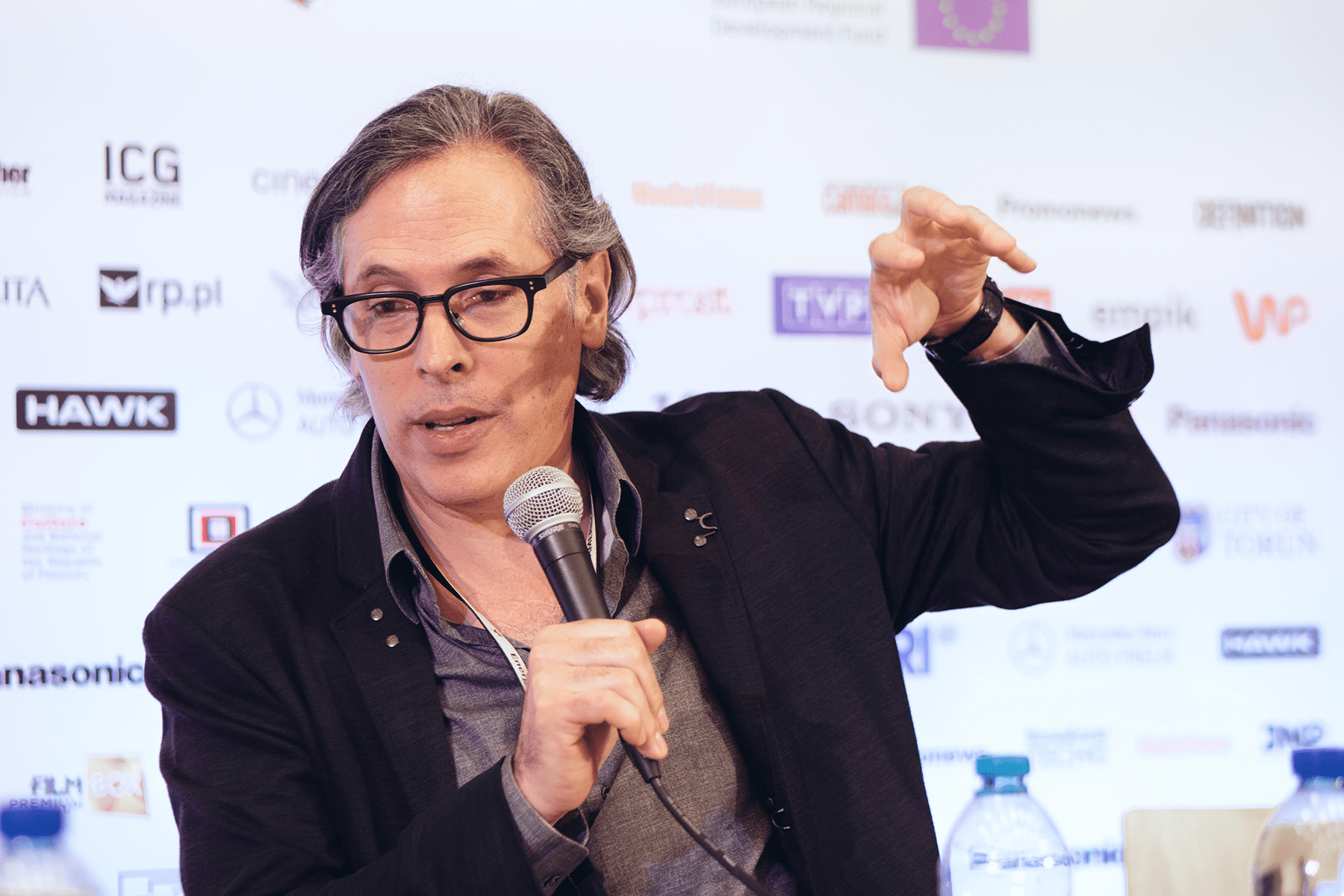
“Even when I’m working with Scorsese, I try to approach each project as a blank slate, without any preconceptions,” he said. “I try to let the material tell me the way to shoot. Also I listen attentively to everything he says. He sometimes might be talking about something not related directly to the camerawork or lighting, but I get the feeling he is trying to convey, and I archive that in my memory for when I am designing the lighting for a scene.”
So what’s it like collaborating with one of the most respected directors in the industry?
“Scorsese is very clear on what he wants for every scene,” Prieto answers. “He prepares a detailed shot list for the whole movie during prep and then explains to me the reasoning behind every shot. Sometimes he will draw the composition he imagines for some frames, or diagrams that show the camera movement. The shot list and these drawings become my bible for the shoot.”
“Marty doesn’t speak in terms of what lens he wants or where to put lights,” he adds. “It’s more like the mood he is after. He’ll say, ‘I want it compressed,’ and I’ll know he wants to use a long lens. Or if he says he wants it ‘exciting,’ I’ll think maybe he wants the camera down low and pointing upwards.”
While prepping for The Irishman, Scorsese and Prieto screened Crazy Joe, a 1974 movie with Peter Boyle playing a fictionalized version of mobster Joey Gallo. “But that was more to get a feel for the era than for visual ideas,” Prieto pointed out. “I use still photographs a lot, because you can concentrate on lighting and composition when you are discussing visuals. It’s harder to stop a movie and point to an element to talk about.”
Prieto and Scorsese did agree on a “clockwork” camera behavior for Frank Sheeran’s scenes. “With Frank, everything is head-on or profile: his house, even the cars. I don’t really move the camera other than to pan from one character to another. The idea was to make Frank’s job look methodical, practical, like clockwork. Even when he is talking to Jo Hoffa [played by Welker White] on the phone, the camera is straight on. For other characters like Joey Gallo [Sebastian Maniscalco], the camera will swoop in on him. Or for the hearings, the camera starts way up high to show the room, to explain the space, and then swoops down and in until you end up on Bobby Kennedy’s [Jack Huston] face.”
I love this part of cinematography: I love the tricks, making something artificial look real.
Prieto singled out production designer Bob Shaw, costume designer Sandy Powell and makeup department head Nicki Ledermann for their input as well, describing how Shaw would design sets with extra space for lights, or how Powell would adjust costumes for the movie’s different visual styles.
“For example, I wanted the look of the film to change as time passes,” he explained. “Using LUTs [Look Up Tables], I tried to emulate amateur photography stocks — Kodachrome for the ‘50s, Ektachrome for the ‘60s. For the 70s and beyond, I used a photochemical printing process called ENR, which reduces color saturation and adds contrast. So the movie evolves from super-saturated Kodachrome to de-saturated ENR towards the end of Sheeran’s life. We had to be careful, because the looks affect makeup and costumes differently than what your eyes see. So along with Sandy Powell (Costume Designer), we had to make sure she knew what the costumes would look like with each LUT. The same with Nicki Ledermann on makeup.”
Prieto enjoys explaining the nuts and bolts of making movies. All of the car interiors in The Irishman were shot inside a studio because it’s easier than shooting on location. “If you want another take, you have to bring the car back to the start of the shot, release regular traffic, re-set the background period cars and extras in costume, coordinate with the police to lock up traffic again, and only then you can do Take Two.”
On set, meanwhile, Prieto could surround the car interior with five LED screens to provide lighting and backgrounds. A second unit had already shot the appropriate street or highway footage with nine cameras pointing in every direction. “We used that footage to feed our LED walls surrounding the studio car,” he said. “The lighting was interactive and totally realistic — it reflected off trees, or buildings, or cars from the location footage. You can see the reflections in their eyes. And in the background, instead of a green screen, we had the image of the location, similar to the way rear-screen projection was done in the past.”
Beyond his updated take on back projection, Prieto drew on a number of techniques from the past to achieve the look he wanted. “Sometimes I wanted the effect of sunlight, so I’d have a movie light shining in and a grip swooshing a branch by to look like tree shadows. I love this part of cinematography: I love the tricks, making something artificial look real.”
In interviews, Scorsese has said that movies may be made with different intentions. They might be designed for theatrical release, for example, or for the festival circuit. Or, in the case of The Irishman, to be seen on Netflix. Prieto agrees.
“It’s one of the reasons why Marty chose the 1.85 frame for The Irishman. Knowing that this was going to be on Netflix was probably a consideration. He usually prefers widescreen, but this aspect ratio allowed us to fill theatrical screens as well as TV monitors with our image. Late in the story, when we wanted to emphasize Frank’s isolation, we could use the aspect ratio to our advantage by leaving a lot of negative space at the top of the frame.”
The cinematographer said that he still prefers shooting film over digital. In Silence, he used film for everything except the candlelight scenes. Five or six years ago, that would have been difficult, but there’s been a renaissance of late: in 2017, Kodak opened a new film lab in New York, which Prieto used for The Irishman.
“I like film, it has an organic feel to it,” he said. “We can add grain to a digital image, but it’s still digital, the lines are all too straight and solid. With film, each frame changes a little bit.”
“When you shoot on film you have to be more disciplined. With digital you can keep shooting forever, the director will say let’s try this or let’s try that. But when you use film, everyone on the set perks up when you roll camera. It’s a different atmosphere. I even like the feel of a film camera on the set, the hum it gives off.”
*****
InsideHook spoke with Rodrigo Prieto at Camerimage, an annual festival of cinematography held this year in Toruń, Poland. “This is my fourth time at Camerimage,” he told us. “It’s so important that there’s a place like this to honor and respect the art of cinematography. It is after all central to film, without it there would be no film. It’s tied in so closely with the medium — a production designer could work for the stage, a writer can do plays or books, for example. But a Director of Photography only exists to create images in motion for the screen.”
This article appeared in an InsideHook newsletter. Sign up for free to get more on travel, wellness, style, drinking, and culture.
